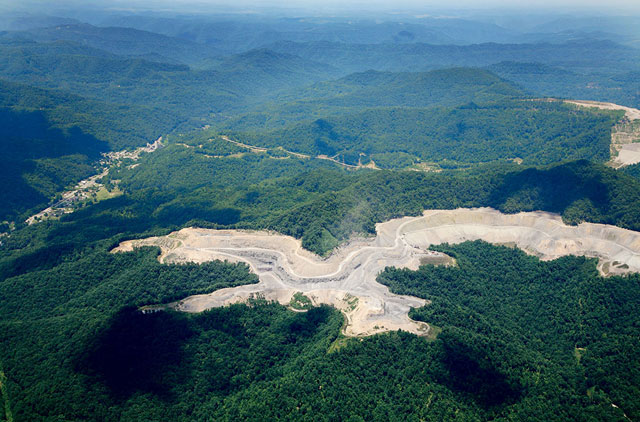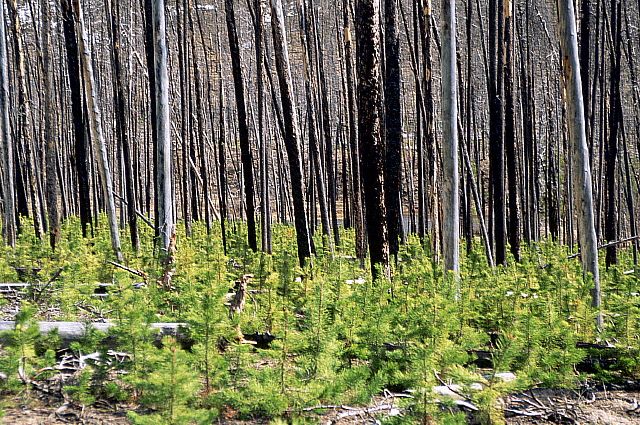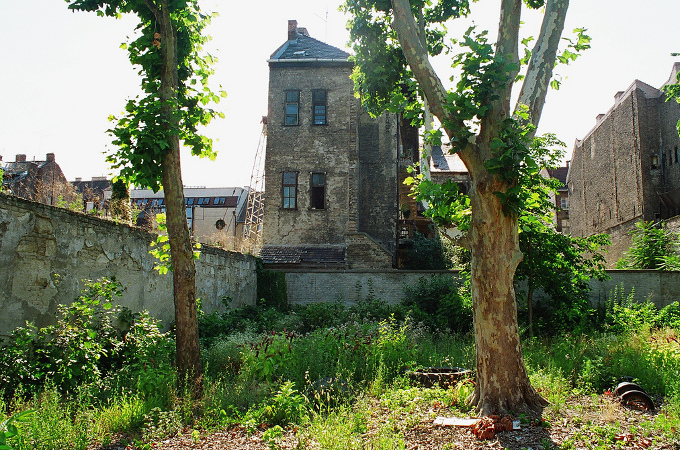environmental monitoring
Environmental monitoring helps scientists understand impacts of disturbances and changes (sudden and gradual) in order to try to reverse or reduce the impact.
Ecosystem Monitoring Types
Physical Monitoring:
Uses satellites to track changes in the landscape over time.
- Tree-line of Mt. Saint Helens
- Tarsands development in Northern Alberta
- Damming of a river
- Urbanization in Florida
Environmental Monitoring:
Tracks changes in climate, temperature and weather patterns.
Chemical Monitoring:
Assesses the quality of air, soil and water
Biological Monitoring:
Tracks the changes in organisms or populations of organisms
Interactions and changes in ecosystems
In any ecosystem a balance between living populations must exist if these populations are to be maintained.
Example: Setting a forest on fire (a controlled burn) is often necessary to maintain a balance in the ecosystem
Changes in our ecosystems can result from the following:
- Bio-invasion
- Competition
- Predation
- Weather
Bio-invasion
Bio-invasion:
The introduction of a new species which is not native to a particular area has a destabilizing influence on the ecosystem.
Bio-invasive species destabilize their new ecosystems in the following manner:
- Taking necessary food or nutrients away from the native species. The native species suffer as a result.
- The species that is introduced may have no natural predators therefore it's population is not controlled
- Introducing a species not natural to a particular area can cause more problems than what it solves.
Competition
All living things compete for food, water and habitat.
Because there is a limited amount of resources to go around many populations of species must compete for access to these basic needs.
Competition between animals can lead to the following:
- Guarding Territory (Wolves say: Lets howl to inform others that this is our land)
- Geographic Isolation (Birds say: Lets migrate north!)
- Behavioural Isolation (Bats say: Lets hunt only at night)
- Structural Isolation (Giraffes say: My neck is long enough to reach the high lying fruit)
At the end of the day all organisms strive to lower the amount of competition it has for basic needs
Predation
Predation:
Occurs when one animal hunts other animals for food
- The organisms that are hunted are called prey.
- The hunters are called predators.
The predator and prey population fluctuates over time:
- When prey population increases, the predator population will also increases.
- When the prey population decreases, the predator population also decreases.
Weather
Temperature, and the amount of precipitation will affect the growth of plants (the producers) positively or negatively.
Natural disasters can also impact the populations of producers:
- Drought
- Floods
- Untimely snowfall
Succession
Succession:
Gradual process by which some species within an ecosystem replaces other species.
Two Types of Succession:
1.Primary Succession
2.Secondary Succession
Primary Succession:
The gradual growth of organisms in an area that was previously bare.
- Volcano erupts and creates a new island
- Glacier melts and leaves rock exposed
An organism to first appear on an area that is previously bare is called a Pioneer Species.
Secondary Succession:
The gradual growth of organisms in an area after a disturbance
- a farmer’s field after a till
- a vacant city lot
- a newly forested area
- a strip mine.
Pioneer species:
- Are hardy species which are the first to colonize previously disrupted or damaged ecosystems
- They begin the chain of ecological succession that ultimately leads to a more bio diverse steady-state ecosystem.
Climax Community:
The process of succession where the development of vegetation in an area over time reaches a steady state (basically the ecosystem has reached 'Adulthood')
Maintaining Sustainable Environments
Bioaccumulation:
Process in which a substance builds up in a living organism from the surrounding air or water, or through the consumption of organisms that already have the substance that is being accumulated.
Endangered Species:
A species of animal or plant that is seriously at risk of extinction
EXTINCTION :
Disappearance of every individual of a species from the entire planet
- Scientists estimate that 99% of all species that have ever existed are now extinct
- Can happen by catastrophic events or over a long period of time
EXTIRPATION :
A local extinction or disappearance of a species from a particular area (ex. Grizzly bear on the prairies)
Read pages 74 &75 explaining the following:
-What does DDT stand for and what is it used for
-What did the use of DDT do to the Peregrine Falcon?
-What programs have been put in place for the Peregrine Falcon?
Comparing Human Impact On Ecosystems
Ecological Footprint:
The ecological footprint was developed to help people understand why they need to find a sustainable way of life.
To calculate your Ecological Footprint, you need to determine the total area of land that you use and water needed to supply all of the energy and materials that you use, as well as absorb all of the waste that you produce.
Check your ecological footprint:
- Worldwide Average is 2.2 Hectares
- Canadian Average is 7.7 Hectares
Sustainability
We depend on the environment and we are part of the environment.
Sustainability:
Means that the resources from the environment can be replaced as quickly as they are used.
Sustainable living is a lifestyle that attempts to reduce an individual's or society's use of the Earth's natural resources and personal resources. Practitioners of sustainable living often attempt to reduce their carbon footprint by altering methods of transportation, energy consumption, and diet.






















